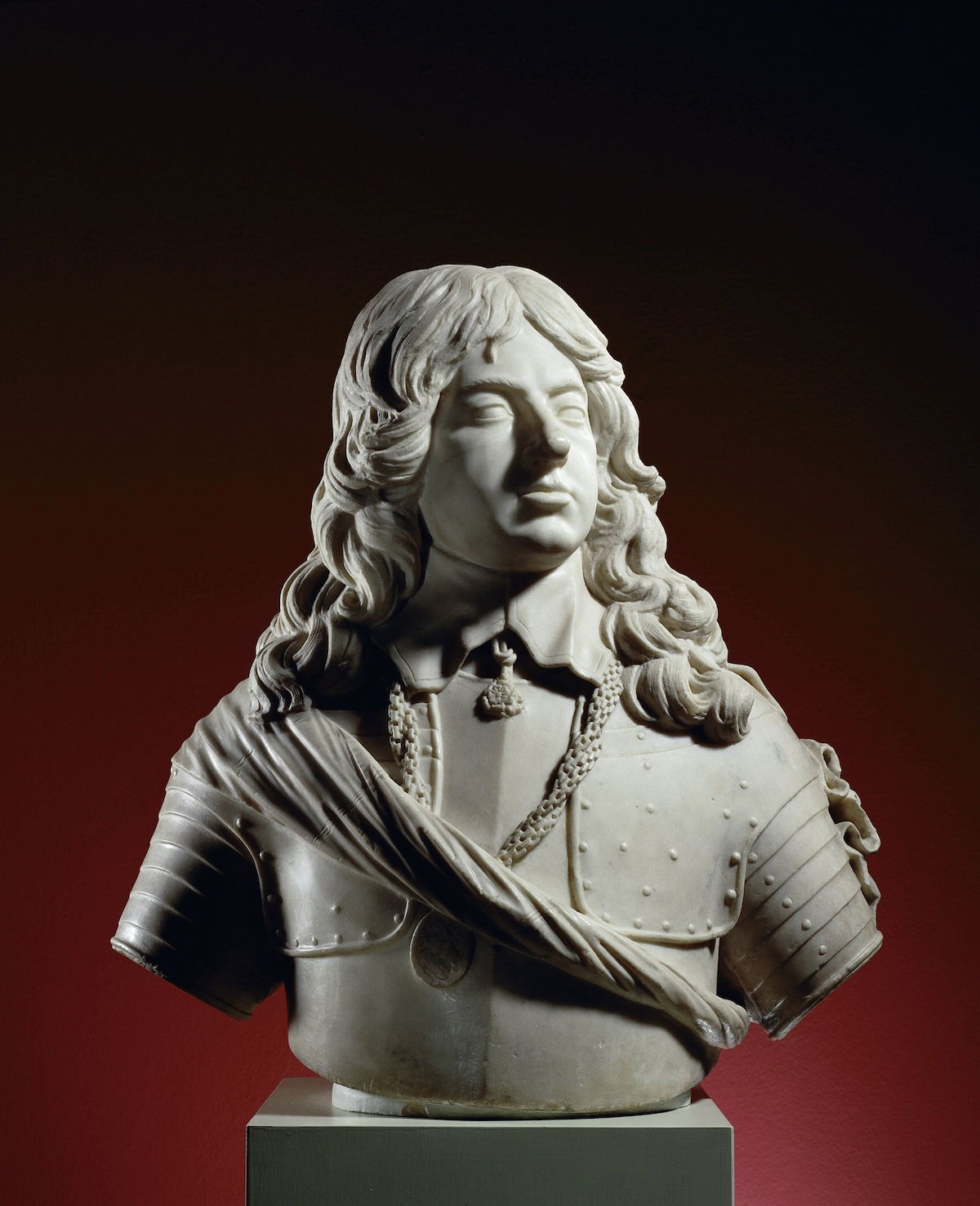The Maid Who Restored Charles II
In 1659 the restoration of the exiled Charles II seemed impossible. It might not have occurred at all but for the forgotten intervention of a blacksmith’s daughter.

In the early months of 1660 the taciturn West Country soldier George Monck held the fate of the British Isles in his hands. Oliver Cromwell was dead and the British republic had descended into chaos. The army and its leaders had ousted his son, Richard, and – once again – marched Members of Parliament out of their chamber in Westminster before bolting the door. Monck had been watching at a distance as army chief of Scotland. In the ensuing game of military and strategic chess, played for the future of the nation, he intervened as few had done before or since. Declaring his support for the expelled parliament, he marched south.
Monck enabled the MPs to return but, having done so, those parliamentarians then instructed him to arrest prominent London citizens and emasculate the city. He faced a stark choice. Would he carry out these orders, with which he bitterly disagreed, at the command of the ‘Rump’ Parliament? Would he reinstate Richard Cromwell as Lord Protector or take control by slipping into those shoes himself? Or would Monck do the unthinkable and make contact with the exiled Stuart, Charles II?
